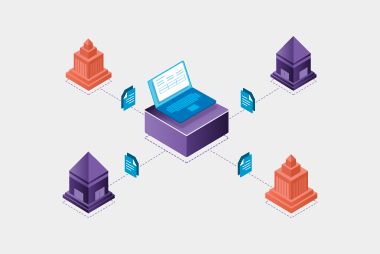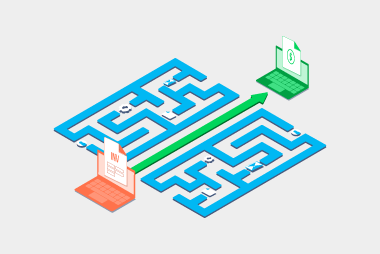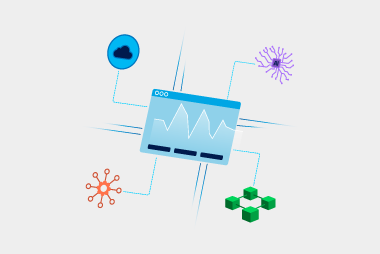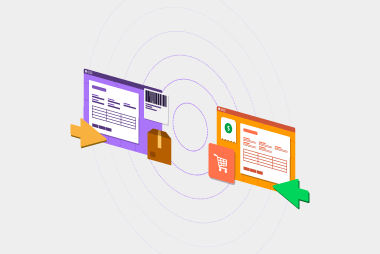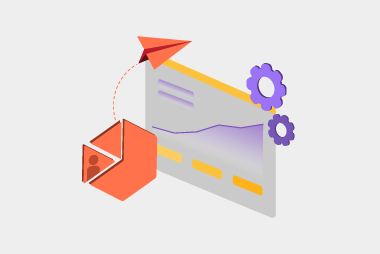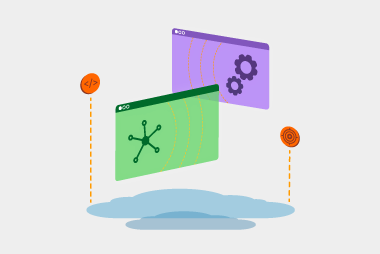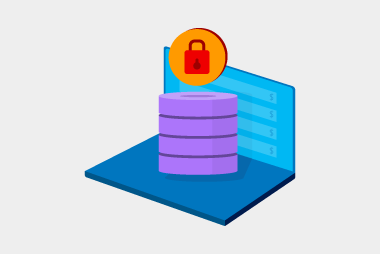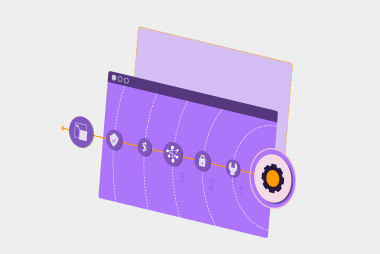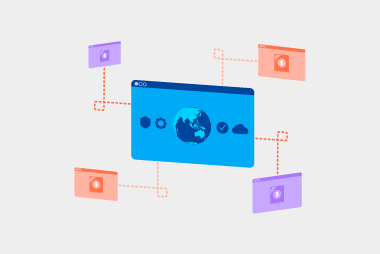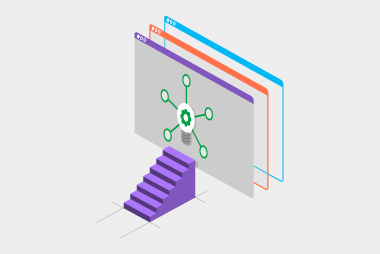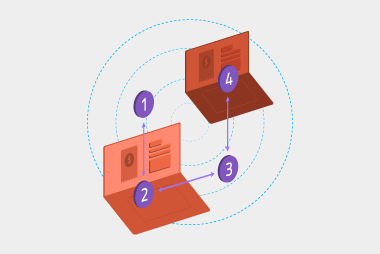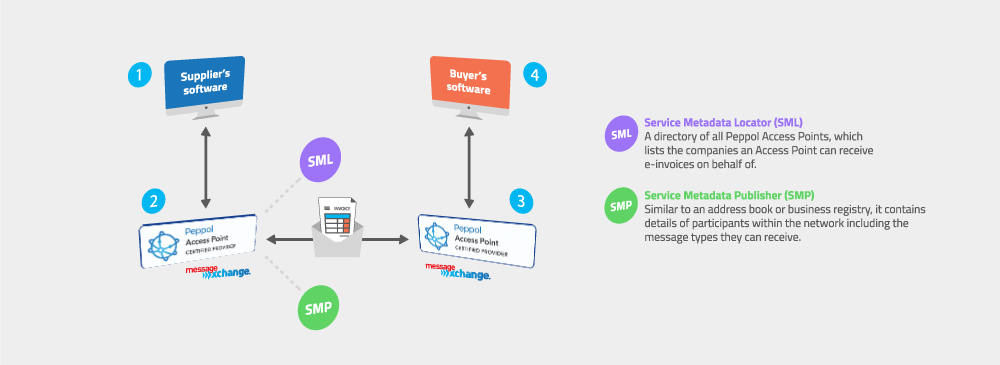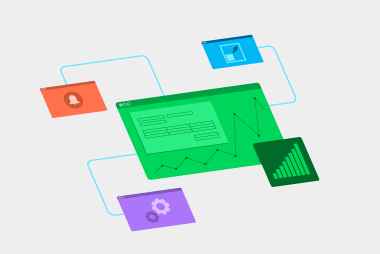Remember the days of paper invoices piling up on your desk? Thankfully, times have changed, and electronic data interchange (EDI) has revolutionised business-to-business (B2B) communication in Australia and around the world. But EDI formats themselves haven't been static – they’ve evolved to meet the ever-changing needs of modern commerce. So, let's explore the world of EDI file formats, from their humble beginnings to where they're headed next.
EDIFACT: The start of EDI formats
Back in the days of dial-up modems and chunky desktops, EDIFACT (electronic data interchange for administration, commerce and transport) emerged as the global standard. As the first file format in Australia in the EDI space, it got a head start on other file formats. This format uses tags and codes to structure data (some tags include BGM (Beginning of message) and IMD (Item description)), ensuring everyone involved could understand the information being exchanged. EDIFACT offers stability and reliability, becoming the go-to format for many industries, especially retail.
XML: A breath of fresh air
As technology moved forward, more file formats began to emerge. Enter XML (extensible markup language), a format based on human-readable tags and values, like labelling your tools in plain English. Tags in XML can be anything, but more commonly they can be human readable like or or . This offered a range of benefits:
- Flexibility: XML could easily adapt to new data types and business processes.
- Interoperability: It wasn't tied to specific industries, making it easy for diverse businesses to connect.
- Human-readability: Understanding the data is simple.
JSON: The lightweight contender
Think of JSON as the text messages of the data world: simple, quick, and perfect for short bursts of information. It's a lightweight format often used in web-based APIs, where real-time data exchange is crucial. While not a traditional EDI format, JSON can play a role in specific EDI scenarios, such as:
- API integrations: Businesses can use JSON to exchange data with other systems, their EDI provider and applications through APIs, streamlining data flow.
- Complementary to other formats: JSON can be used alongside XML or UBL to transmit specific data elements within an EDI message.
ANSI X12: A widely adopted standard
ANSI X12, or the American National Standards Institute's Accredited Standards Committee X12, is a another file format used in electronic data interchange (EDI). This standard, as you can see in the name, is commonly used in North America. It sets guidelines and rules for structuring and formatting electronic business documents. ANSI X12 has a similar hierarchical structure to EDIFACT/EANCOM but segment names are very different, and how the content is structured is different too. This standard plays a crucial role in enhancing operational efficiency, reducing costs, and minimizing errors in electronic transactions, ultimately fostering smoother and more reliable business relationships.
Remember, choosing the right format depends on your specific needs, industry, and trading partners. So, keep your ear to the ground, stay up-to-date on the latest EDI trends, and ensure your business stays ahead of the curve!Want to learn more about how MessageXchange can help with your data integration needs? Ask our experts by getting in touch below.
Request a call
Chat with one of our experts
Just fill out your details below and we'll be in touch within one business day.
